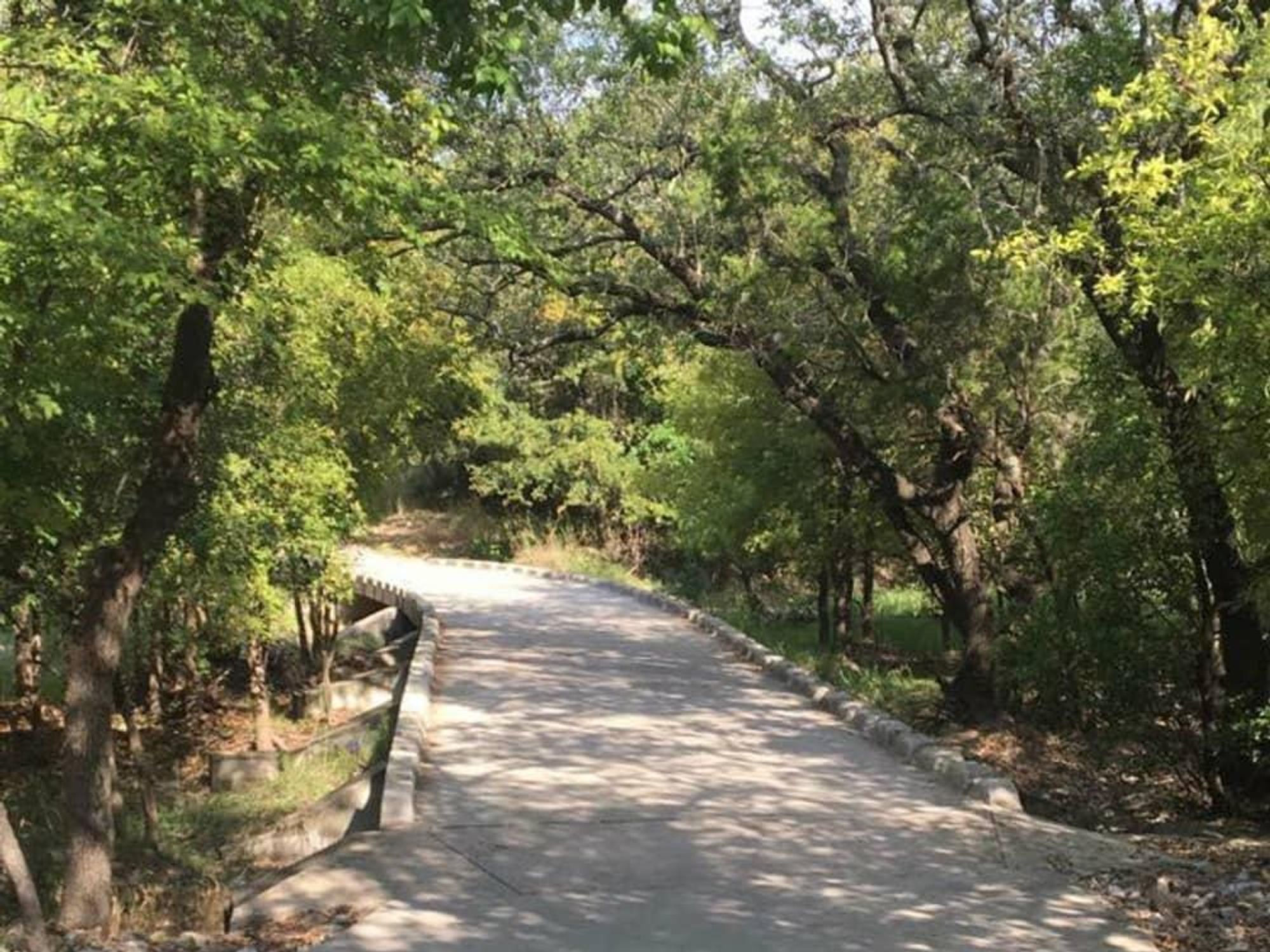The champagne is chilling, formal wear is coming out of hibernation, and San Antonio is ready to do what it does best — celebrate New Year’s Eve loudly, colorfully, and with tons of fantastic food. Whether you’re easing into the night with a pre-game prix fixe or want to pop caviar instead of fireworks, here are the best restaurants and hotels to eat, drink, and toast your way into 2026.
Anaqua Garden Bar
Ring in 2026 under the trees at Anaqua Garden Bar, where Plaza San Antonio transforms its covered pavilion into an open-air New Year’s Eve party. With DJ Curfew Texas spinning from 8 pm to 1 am, seasonal cocktails flowing, and general admission free (with reservations encouraged), this downtown favorite balances relaxed vibes with festive energy. VIP table options add bubbles, valet, party favors, and guaranteed seating for those who want to toast in style.
Boudro’s Texas Bistro
This longtime Texas bistro is a prime starting point for New Year’s Eve, serving up crowd-pleasers like table-side guacamole, blackened prime rib, and the iconic prickly pear margarita. Its downtown River Walk location makes it easy to stroll straight into the city’s official New Year’s Eve celebration and fireworks at nearby Hemisfair Park once dinner wraps up. A festive, fuss-free way to toast to 2026.
Copa Wine Bar
This Stone Oak wine bar is presenting “Copa’s Chop House,” a four-course feast with paired wine, of course. The menu features dishes like harissa-lemon shrimp salad, a thick-cut bone-in pork chop, and an indulgent s’mores brownie à la mode for dessert.
Hotel Valencia
Guests at the downtown hotel can opt for an elegant dinner buffet or a blow-out party. We say, ¿por qué no los dos? The fete includes carving stations, a raw bar, a welcome cocktail, favors, and a thumping dance party with a balloon drop, champagne toast, and late-night snacks.
Hyatt Regency San Antonio Riverwalk
Kick off 2026 with a little extra shine at Hyatt Regency San Antonio Riverwalk’s “Golden” New Year’s Eve Gala. The newly renovated downtown hotel is hosting an elegant ballroom celebration complete with a live cover band, elevated hors d’oeuvres, a premium open bar, and a champagne toast at midnight. VIP tickets sweeten the deal with exclusive rooftop access, offering panoramic views of San Antonio’s New Year’s Eve fireworks from the pool deck. Bonus: special overnight rates mean guests can celebrate hard — then ride the elevator home.
Jots
The historic Gunter Hotel welcomes New Year’s Eve with refined dining at Jots, offering a chef’s signature three-course dinner paired with a glass of bubbles. Expect seasonal flavors, classic technique, and options like pan-seared Alaskan salmon, Bordeaux-braised short ribs, or mushroom gnocchi before finishing with a decadent 1920s chocolate torte.
Tenfold Rooftop
Celebrate above the city at Tenfold Rooftop’s Skyline Soirée, a black-and-white–themed New Year’s Eve party with sweeping downtown views and front-row visibility of the Tower of the Americas fireworks. The luxe evening includes raw bar offerings, Wagyu skewers, signature cocktails, immersive photo moments, and a midnight champagne toast. VIP lounge sections elevate the experience with caviar service, bottles of bubbles, and reserved skyline seating.
Leche de Tigre
The acclaimed Southtown restaurant — with views of the downtown fireworks display — will be dishing out a special New Year’s Eve menu with complimentary bubbles.
Paesanos Riverwalk
The downtown classic will have an Italian New Year’s Eve dinner menu available on December 31. The three prix fixe options include dishes like herb-crusted prime rib, oven-roasted stuffed quail, and the famous shrimp Paesano.
Rickhouse
Ease into New Year’s Eve with a refined pre-game at Rickhouse at the Shiner Distillery, where a reservation-only prix fixe dinner sets the tone before the city’s countdown begins. Available from 4–10 pm, the $55 three-course menu includes seafood-stuffed mushrooms with Cajun remoulade, a decadent Steak Oscar topped with crab cake and béarnaise, molten chocolate cake, and a signature cocktail to toast what’s ahead.
Rosario’s ComidaMex & Bar
Usher in 2026 with skyline views and tequila-forward flair at Rosario’s Light Up the Night: Rooftop New Year’s Eve Countdown Celebration. The ticketed rooftop party runs from 8:30 p.m. to 1:30 a.m. and features DJ Kenzo spinning live, craft cocktails, chef-driven bites, and front-row views of San Antonio’s New Year’s Eve fireworks. It’s a high-energy way to toast the new year from one of downtown’s most beloved rooftops.
The St. Anthony Hotel
Old-world glamour meets high-energy celebration at The St. Anthony Hotel’s Gold, Glitz & Glamour New Year’s Eve bash. Guests can expect DJ entertainment, roaming performers, chef-crafted bites, premium open bars, and a midnight balloon drop in the Anacacho Ballroom. VIP admission ups the ante with rooftop access, enhanced culinary offerings, a hosted bar, and a starlit champagne toast.

